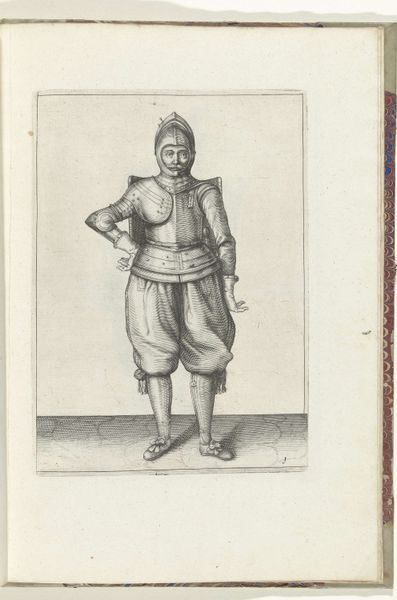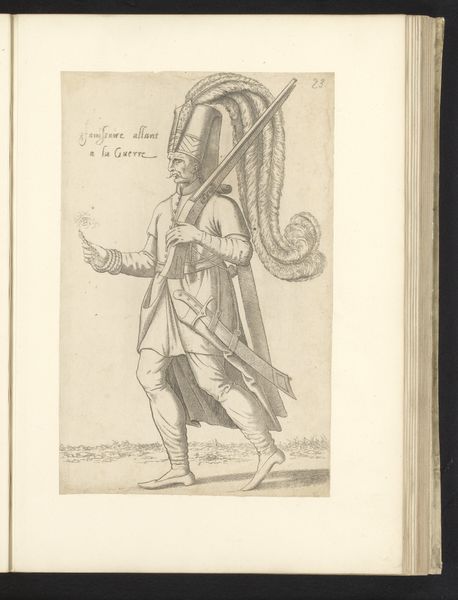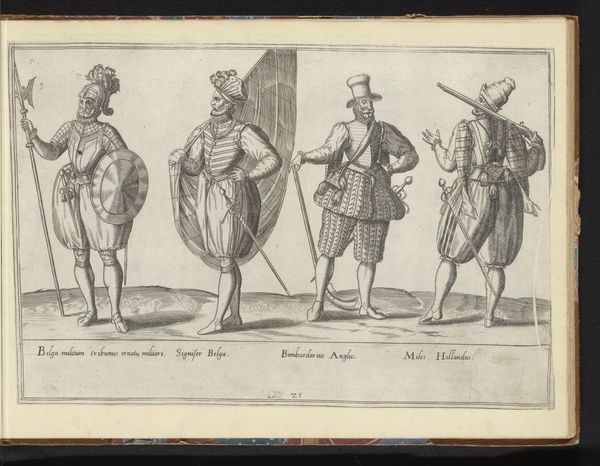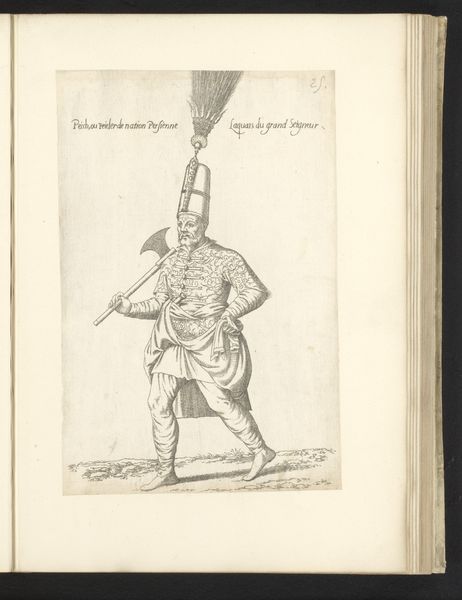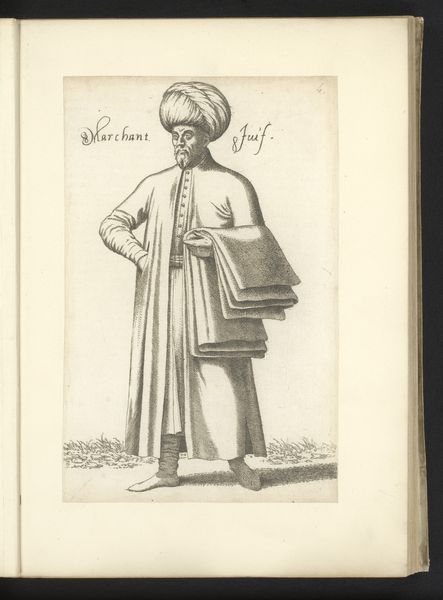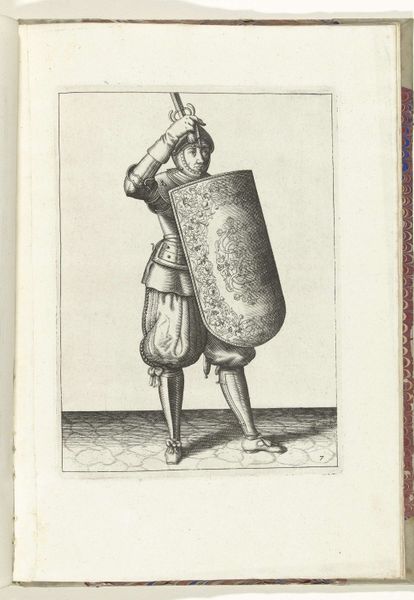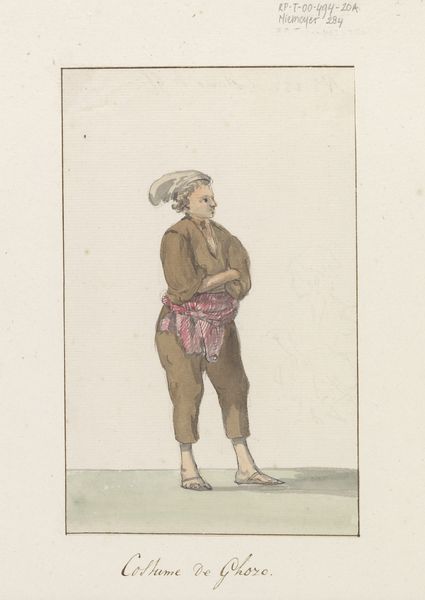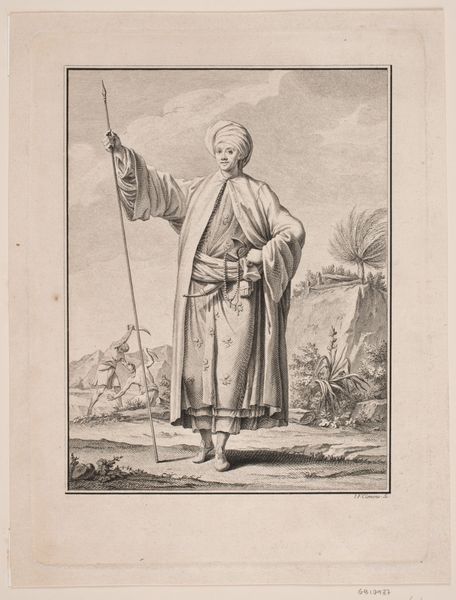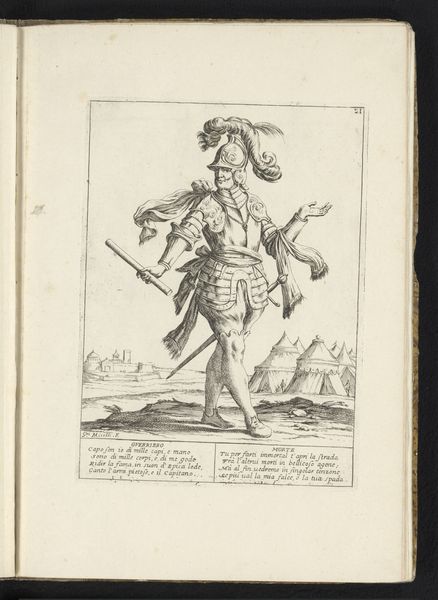
print, engraving
#
portrait
# print
#
figuration
#
line
#
history-painting
#
academic-art
#
engraving
Dimensions: height 268 mm, width 171 mm
Copyright: Rijks Museum: Open Domain
Editor: This is Léon Davent's "Perzische man," or "Persian Man," an engraving dating back to between 1555 and 1568. It depicts a man in what I presume are Persian garments. The line work seems very precise. What strikes you about this print? Curator: Looking at Davent’s print, I am drawn to think about the materiality of the engraving itself. The creation of this image, through the labor-intensive process of etching lines into a metal plate, speaks to a burgeoning print culture and a growing interest in disseminating images and knowledge widely. Consider the socio-economic context: how did this relatively new method of printmaking impact artistic production and the consumption of imagery in the 16th century? Editor: That’s an interesting point. So, instead of focusing solely on the "Persian man" himself, you’re more interested in how the print itself came to be? Curator: Precisely! This isn't just a representation; it’s an artifact reflecting specific technological advancements and modes of production. Davent was part of a workshop, a production line. Who was buying these prints? How did they contribute to ideas about "the Orient"? We might also investigate where Davent sourced his paper. What did access to materials mean in that historical moment? Editor: I see what you mean. Thinking about the paper and ink used, and who had access to them, opens up a whole new way of understanding the piece beyond just its visual subject. Curator: Exactly! We must acknowledge this image as part of a wider material and social network. The "Persian Man," then, embodies not just an exotic other, but also testifies to the economic and material realities of 16th-century Europe. Editor: It definitely makes me consider art beyond its face value. There's so much more to unpack when we think about its creation and circulation. Thanks for highlighting that!
Comments
No comments
Be the first to comment and join the conversation on the ultimate creative platform.
